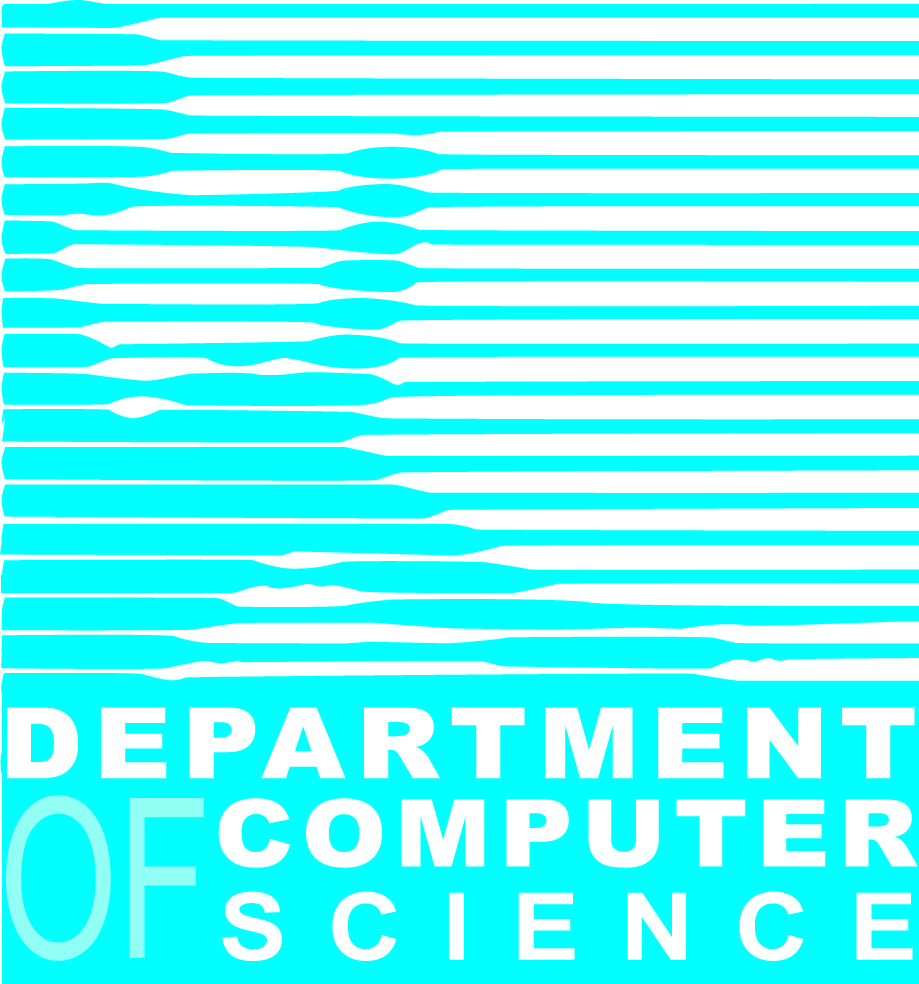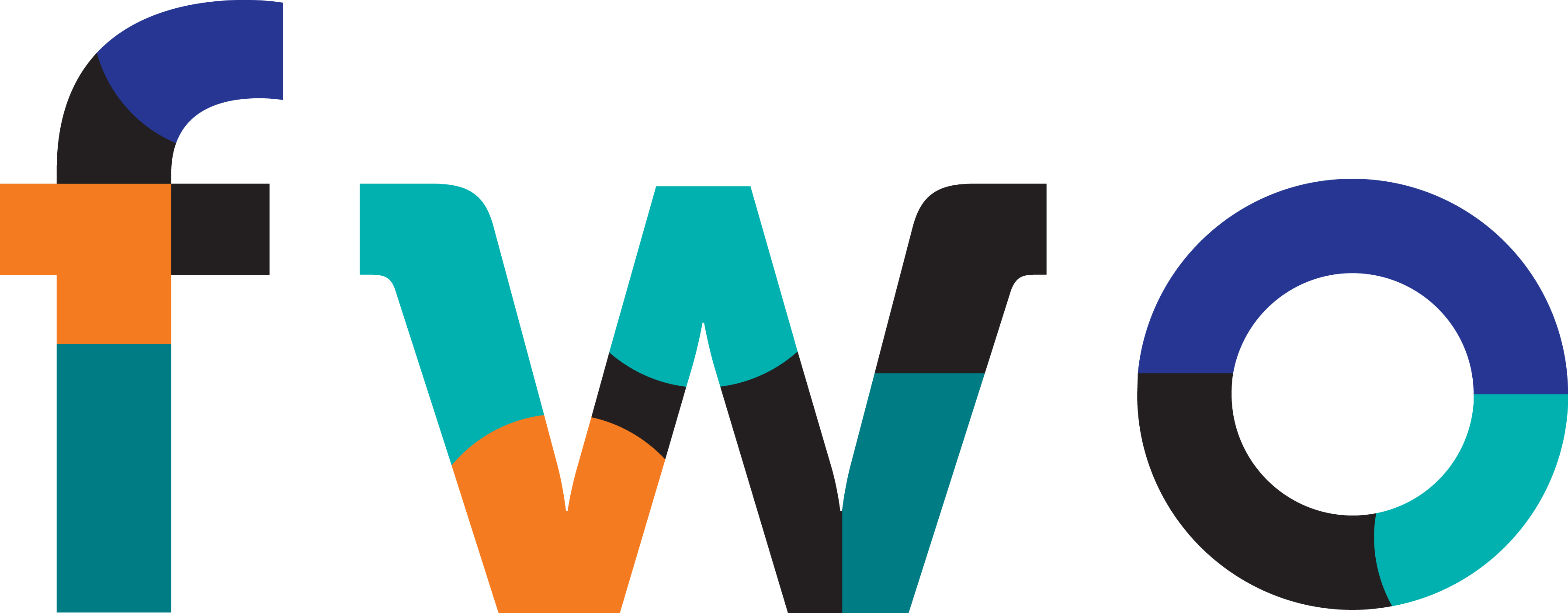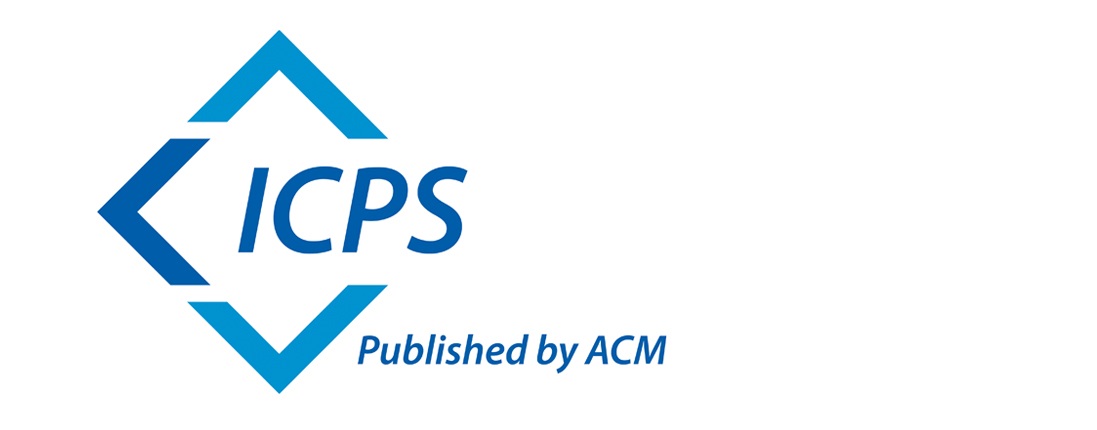Pictorials
General Information
As aptly phrased by the time-old adage: "a picture is worth a thousand words", pictorials challenge contributors to rethink the ways in which we create and report knowledge. Pictorials are papers in which graphic elements (e.g. diagrams, sketches, screenshots, illustrations, renderings, photographs, collages) play a major role in conveying ideas and contributions of a study along with accompanying text. First introduced in DIS 2014, pictorials responded to the call for new approaches in documenting design perspectives for HCI research, which were – and are – growing increasingly complex in terms of spatial acumen and graphical ingenuity. In particular, ideas that are experientially complex or abstract can be conveyed more meaningfully in pictures than in verbal descriptions, such as the subtle undertones of a user’s emotions or the aesthetic-usability effect of a user interface. Pictorials have since been introduced in C&C 2017 and TEI 2020, and this year we are excited to offer the new Pictorials Track of MUM 2021.
Through pictorials, we invite researchers, practitioners, industry professionals, artists, designers, and students from multidisciplinary fields to express and unpack their design practices and projects in visually rich ways.
Goal
The goal of MUM Pictorials is to investigate the hedonic qualities, i.e. pleasant and unpleasant sensations, that can be provoked within mobile or ubiquitous systems, and the design processes that lead to these hedonic qualities. We emphasise the importance of communicating the experiential side of HCI research, from not only its research value but also the emotional and aesthetic qualities of the work. We believe that these qualities make a difference in HCI, but acknowledge that they can be difficult or even controversial to describe in the typical research paper. Pictorials offer the opportunity to use images and other media to facilitate readers in making hedonic value judgements of the work, as presented through the pictorial narrative.
We invite convincing demonstrations or descriptions of original types of existing or future (speculative) systems, or the original design approaches that underlie them. Pictorials can thus reveal research prototypes, practices, and products, as well as novel tools and methods that provide the scaffolding for hedonic outcomes. Therefore, we encourage contributors to formulate possible tips or guidelines that can be demonstrated by a design rationale and/or the (iterative) (co-)design process.
Possible ways to portray a hedonic quality is to use the pictorial as a low fidelity metaphor of the designed interface, illustrate the user’s journey of interacting with a system through a visual timeline, or create collages composed of screenshots and photographs that depict the experiential qualities of the system . We encourage contributors to be playful with the submission - after all, pictorials can be another kind of graphical interface designed to communicate research data. For more inspiration , please consult recent Call for Pictorials from other conferences such as: DIS, TEI, C&C, and IEEE VISAP, or contact the Pictorial chairs.
Template and Submission
Pictorial submissions should be maximum 12 pages (excluding references). The correct template for pictorials is the MUM Template (below), which should be exported as a PDF when submitting. On the first page of submission, please keep with the template and include the submission’s title, author(s), and their affiliation(s) (leave blank for double blind review), and a written abstract of no more than 150 words describing the context and contribution of the pictorial to the MUM community. Further written parts known from other conference formats such as Introduction, Conclusion, and Discussion are optional.
We strongly recommend using the InDesign Template. A Microsoft Word template is also available for authors without access to InDesign. The main part of the submission should be an annotated visual composition and we encourage submissions to use the format creatively. Pictorials must be submitted via EasyChair at the latest by September 23rd, 2021.
Relation to other submissions
We encourage fully original work. However, you may submit previously published work to which you have added significant visual content, provided only that such work is clearly and prominently attributed by describing how the pictorial adds to a previous work, i.e. in a footwork to the title with a clear description of what the pictorial uniquely contributes or adds to previous work. In this case, at least 30% of the material must be original, as per ACM rules.
We also encourage using visual materials that you have created or produced yourself. However, you may use third-party materials when following the "fair use" principles. We recommend the following article. Please be aware of these ACM copyright rules when submitting your work.
Reviewing process
Pictorials must be anonymized. Submitted papers will undergo a rigorous double-blind review process managed by the Program Chairs. Final camera-ready versions of accepted submissions must be accompanied by a signed copyright form. At least one author of an accepted submission will be expected to attend the conference to present their work.Accepted pictorials will appear in the Proceedings of the International Conference on Mobile and Ubiquitous Multimedia, which will be available in the ACM Digital Library, where they will remain accessible to thousands of researchers and practitioners worldwide.
| Submission deadline | September 23rd, 2021 (AoE) September 28th, 2021 (AoE) |
| Notification of review decisions | October 22nd, 2021 |
| Camera ready deadline | October 29th, 2021 November 5th, 2021 |
| Conference dates | December 5th - December 8th, 2021 |
Pictorials Chairs

Andrew Vande Moere
KU Leuven[*] Parts of this text is based on the Call for Pictorials from DIS and TEI.
Important dates
| Aug 6 | Short and full paper title + abstract deadline |
| Aug 13 | Short and full paper submission deadline |
| Sep 28 | Notification (papers) |
| Sep 23 Sep 28 |
Pictorials submission deadline |
| Sep 15 Oct 4 |
Workshop and tutorial submission deadline |
| Oct 8 | Poster and Doctoral Consortium submission deadline |
| Oct 8 Oct 15 |
Demo submission deadline |
| Oct 15 | Camera ready (papers) |
| Oct 22 | Notification (pictorials) |
| Oct 22 Oct 29 |
Notification (demos, posters) |
| Oct 29 Nov 4 |
Camera ready (posters) |
| Oct 29 Nov 5 |
Camera ready (demos, pictorials) |
| Nov 7 Nov 14 |
Early bird deadline |
| Dec 5 -Dec 8 | MUM 2021 in Leuven, Belgium |
Supported by
Previous editions
-
MUM 2020
Essen, Germany
-
MUM 2019
Pisa, Italy
-
MUM 2018
Cairo, Egypt
-
MUM 2017
Stuttgart, Germany
-
MUM 2016
Rovaniemi, Finland
-
MUM 2015
Linz, Austria
-
MUM 2014
Melbourne, Australia
-
MUM 2013
Luleå, Sweden
-
MUM 2012
Ulm, Germany
-
MUM 2011
Beijing, China
-
MUM 2010
Limassol, Cyprus
-
MUM 2009
Cambridge, UK
-
MUM 2008
Umeå, Sweden
-
MUM 2007
Oulu, Finland
-
MUM 2006
Stanford, USA
-
MUM 2005
Christchurch, New Zealand
-
MUM 2004
College Park, USA
-
MUM 2003
Norrköping, Sweden





